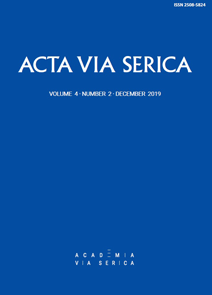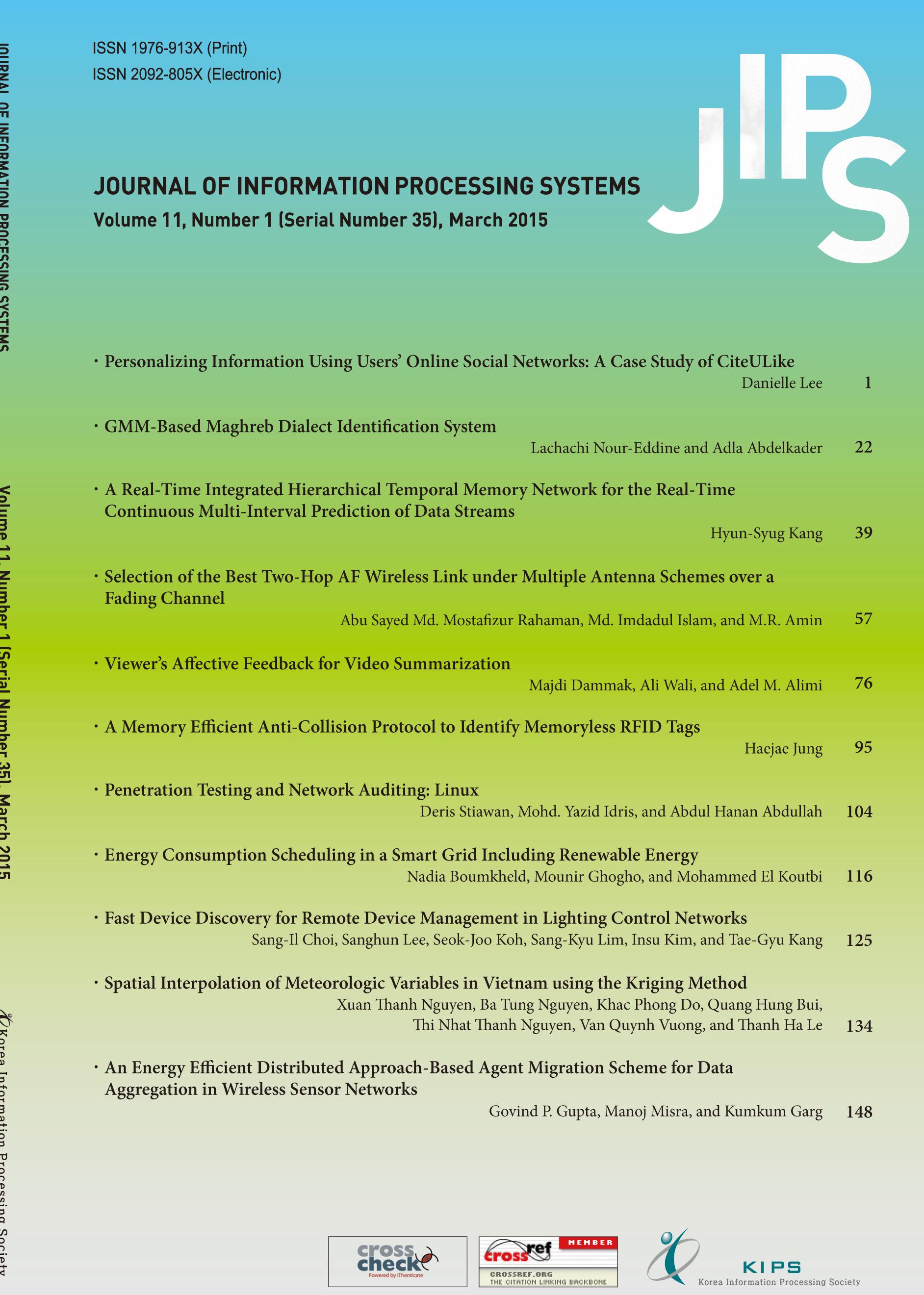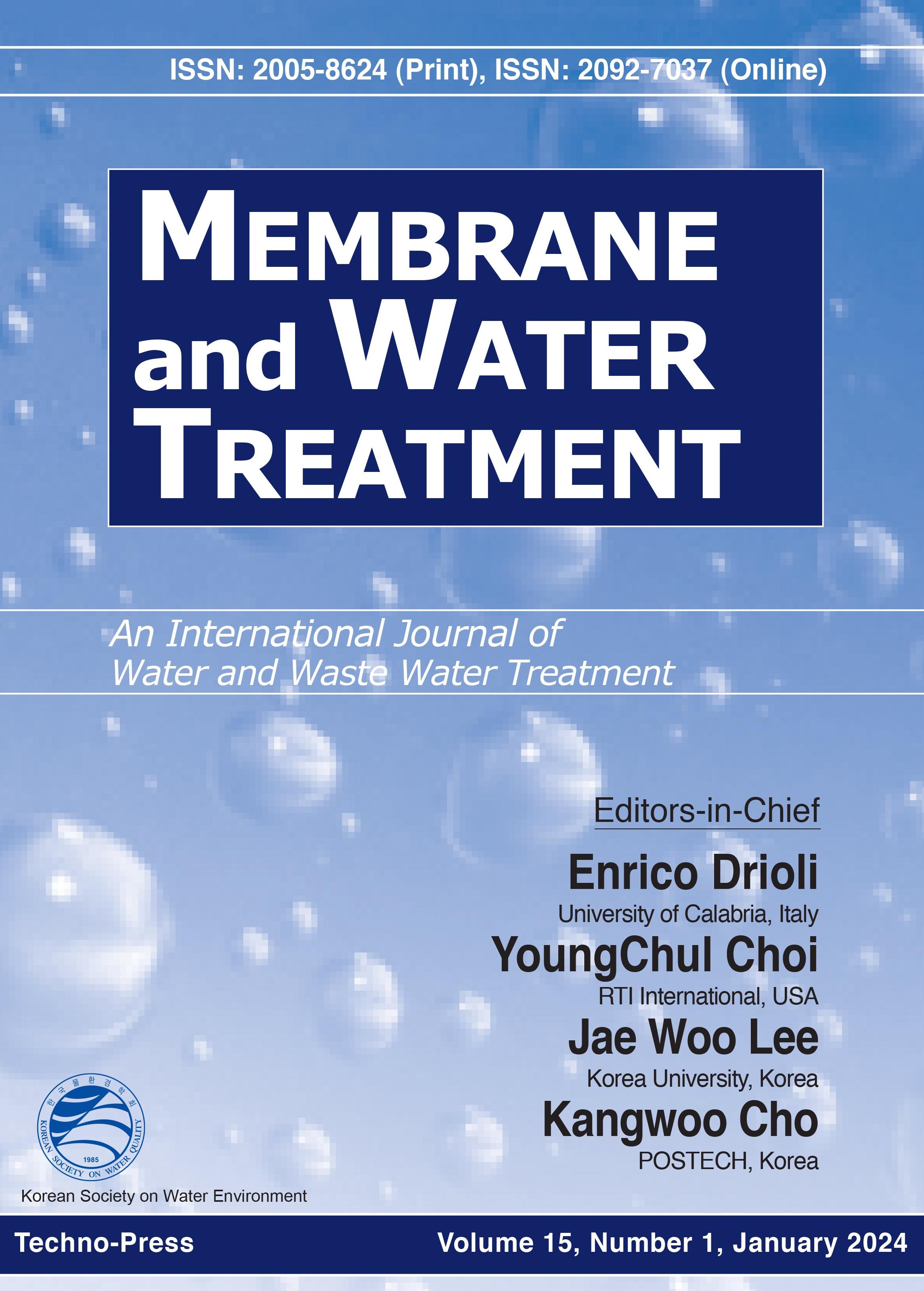BioMed Research International
BMRI
- URL: https://www.hindawi.com/journals/BMRI/si/183056/cfp/?utm_source=CFPsites&utm_medium=marketing%20referral&utm_campaign=HDW_MRKT_GBL_SUB_CFP_EAR_AUTH_SPEC_2738_10053
- Call For Paper Type: SI
- H2 Index: 0
- Submission Date: 2019-11-01
- Notification Date: 2019-12-02
- Final Version Date: 2020-02-28
Cellular communication is essential for multicellular organisms. Without cell-to-cell communication, processes such as tissue and organ remodeling, developmental differentiation, growth, cell division, and responses to stimuli could not occur. Cells use numerous mechanisms to communicate, including paracrine/endocrine signaling and/or extracellular vesicles. However, in 2004, a novel type of cellular communication was described, where cargoes were directly transferred from one cell to another via specialized cellular protrusions called tunneling nanotubes (TNTs). Since then, TNTs, filopodia, and other filopodial bridges (e.g., cytonemes) have emerged as important intercellular communication mechanisms, with recent evidence suggesting that these cellular protrusions play important roles in disease.
The structural differences between these types of cellular protrusions are still unknown, and it is not yet clear if these differences contribute to intercellular transport and disease propagation. Signaling pathways inducing different subtypes of protrusions need to be identified, along with the mechanisms of TNT formation and the significance of different subtypes. These studies could determine whether differences are crucial for function(s) or are redundant pathways. Identifying the type of cargoes transported via TNTs and the role that mitochondria play could help resolve some of these issues. Finally, while the physiological functions of filopodia/cytonemes have been studied, there is a need to establish the physiological functions of TNTs and how they are subverted by disease states and pathogens. Overall, a better characterization of the similarities and differences between the various protrusions could lead to the discovery of specific biomarkers for each subtype of protrusion, which in turn would allow in vivo characterization of these structures.
This special issue aims to build a comprehensive picture of the roles and functions of cellular protrusions in physiological and disease states. We particularly welcome research articles that shed light on the mechanism of formation, structure, and function of cellular protrusions and their role in disease. Review articles that summarize the current state of the field are also encouraged.
Potential topics include but are not limited to the following:
Structural composition of cellular protrusions
Induction mechanisms of different subtypes of protrusions
Signaling pathways inducing different subtypes of protrusions
Cargo transport specificity (e.g., restricted by the nature of the protrusion involved)
Identification of cellular protrusion biomarkers
Physiological role of TNTs
Role of cellular protrusions in disease
In vivo studies on the involvement of cellular protrusions in disease and cargo transport
Role of cytoskeletal proteins
The role of mitochondria in TNT formation/function
Lead Guest Editor:
Karine Gousset, California State University Fresno, Fresno, USA
Guest Editors:
Kate E. Keller, Oregon Health & Science University, Portland, USA
Guénaëlle Levallet, Normandy University, Caen, France
Sivaram V. S. Mylavarapu, Regional Centre for Biotechnology, Faridabad, India
Authors can submit their manuscripts through the Manuscript Tracking System at https://mts.hindawi.com/submit/journals/bmri/cell.biology/cpicd/
Submission Deadline:
Friday, 1 November 2019
Publication Date:
March 2020
Papers are published upon acceptance, regardless of the Special Issue publication date.














